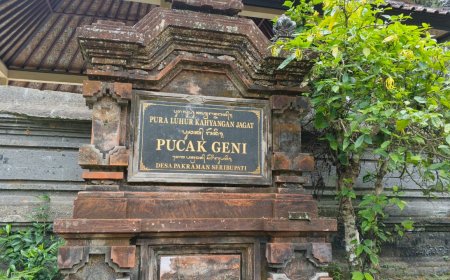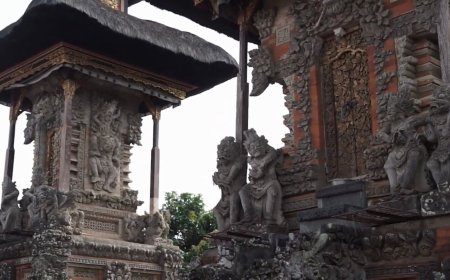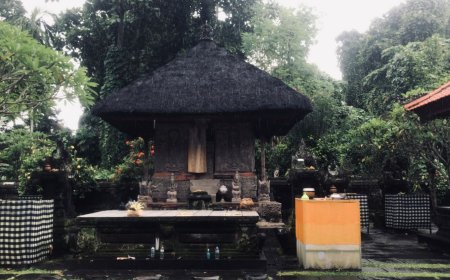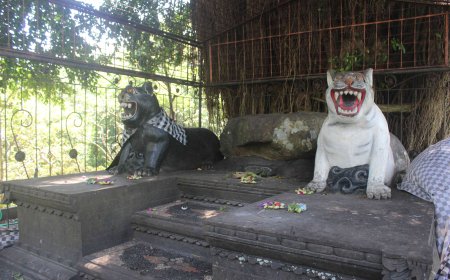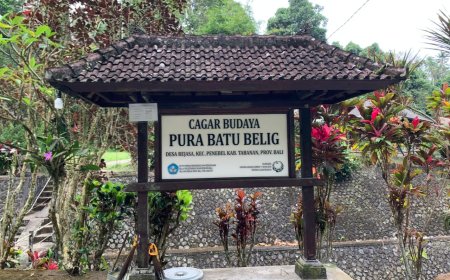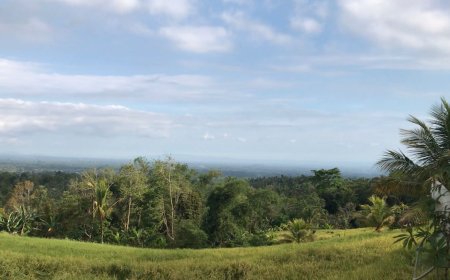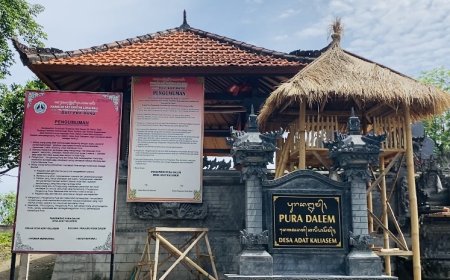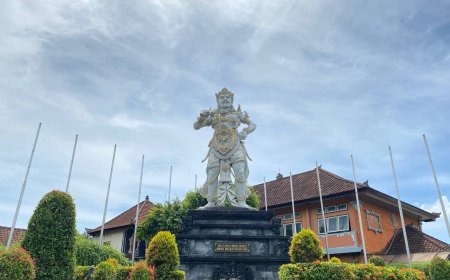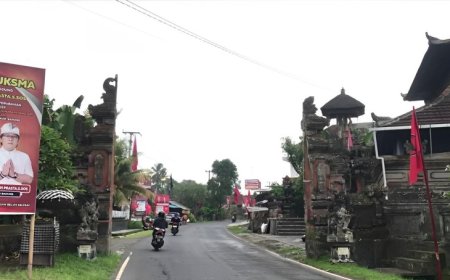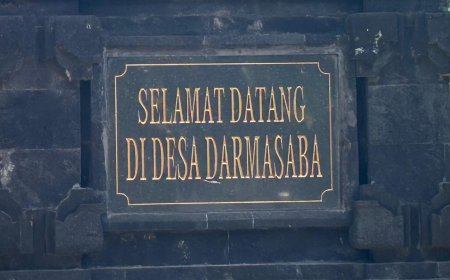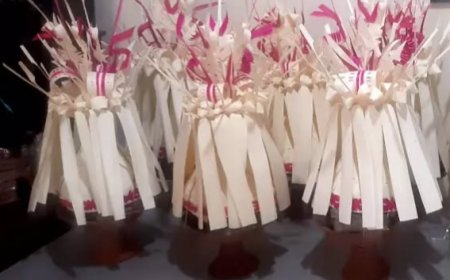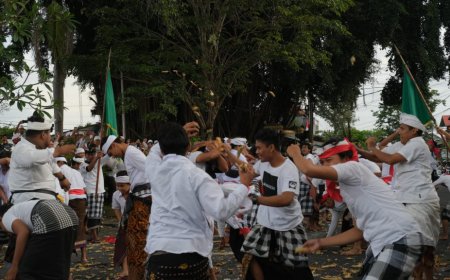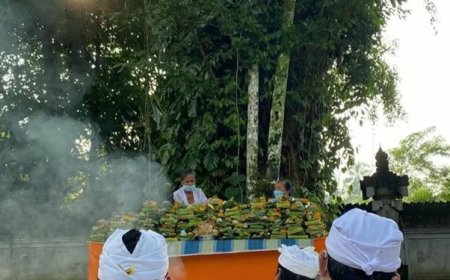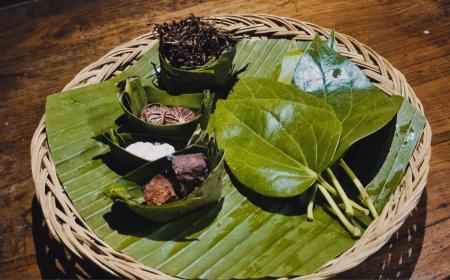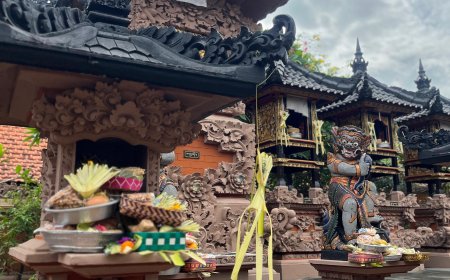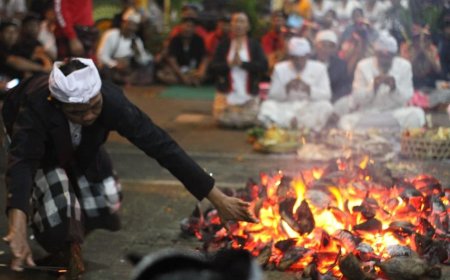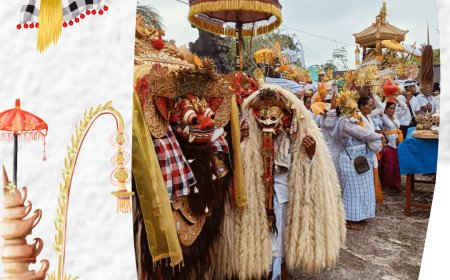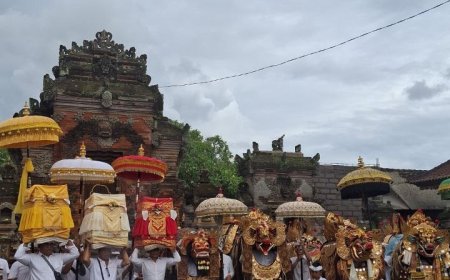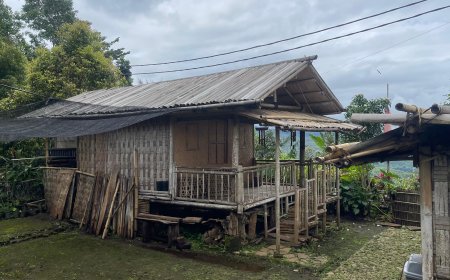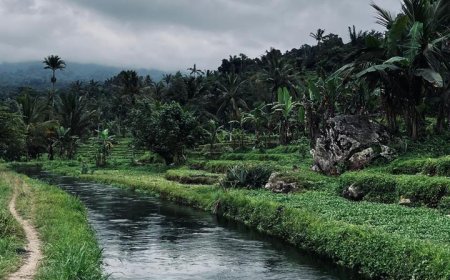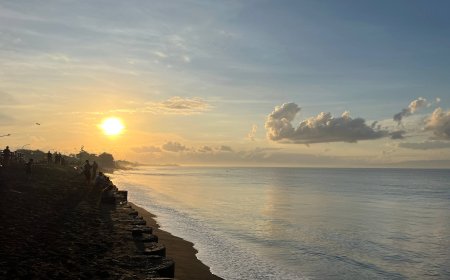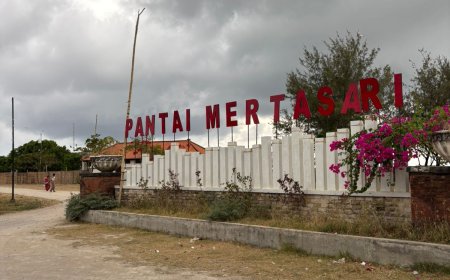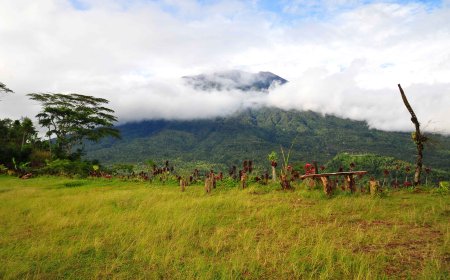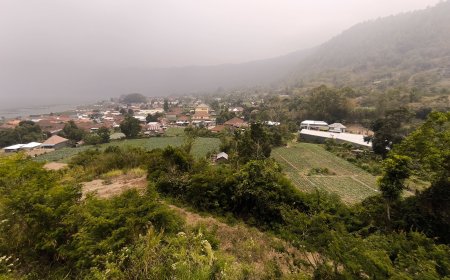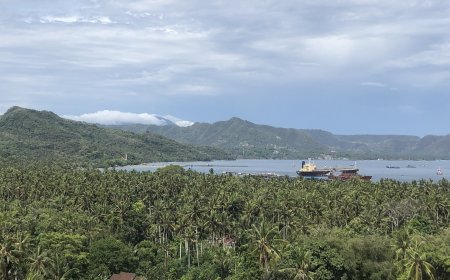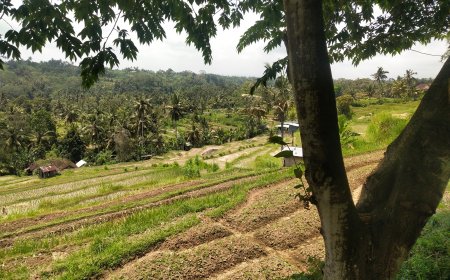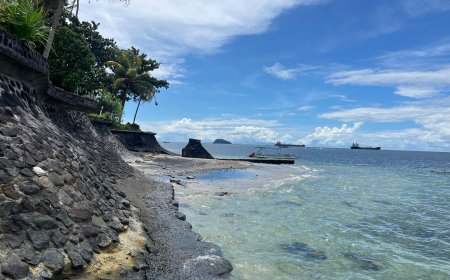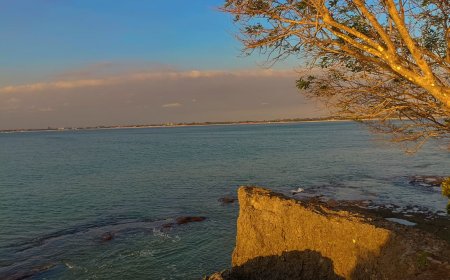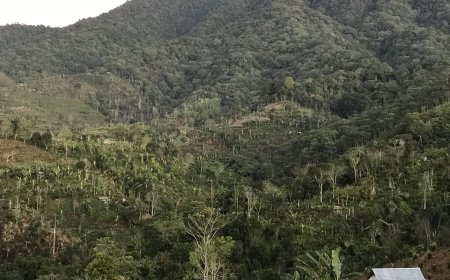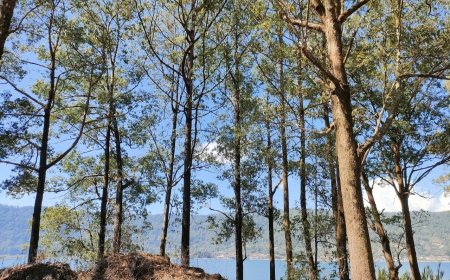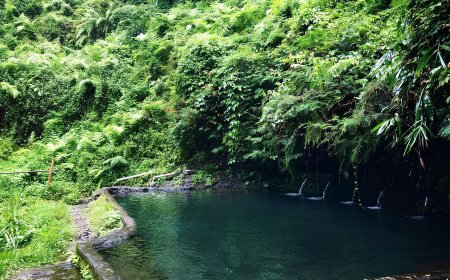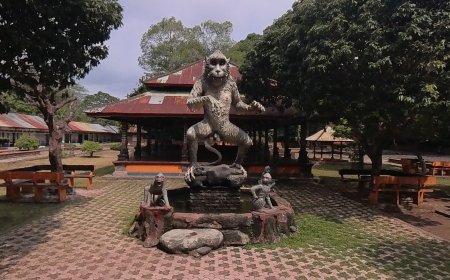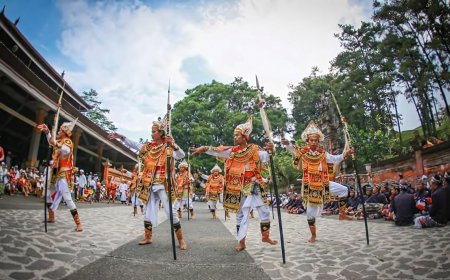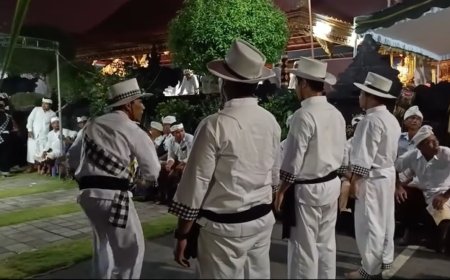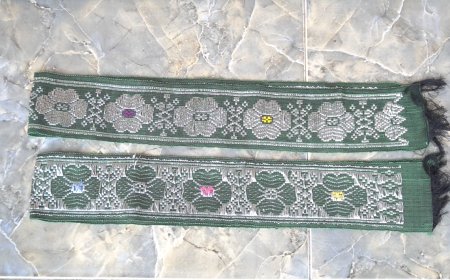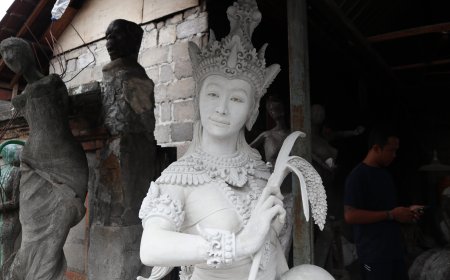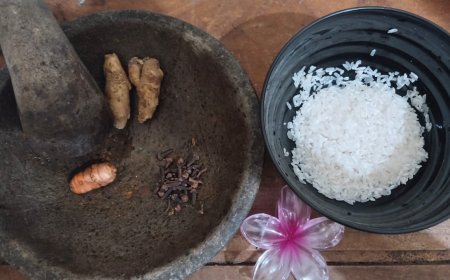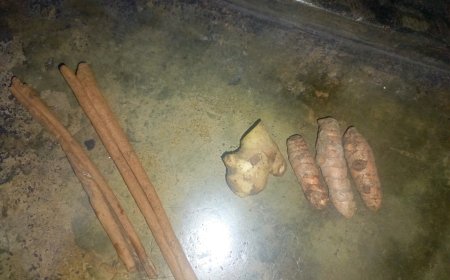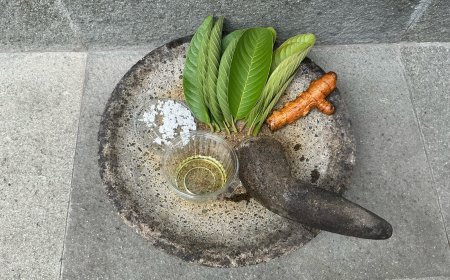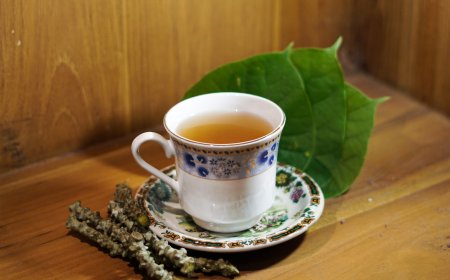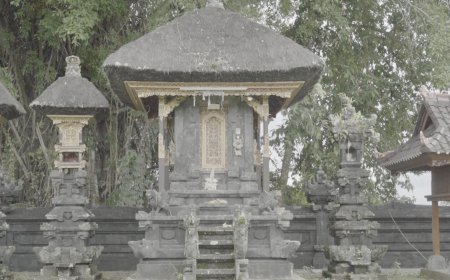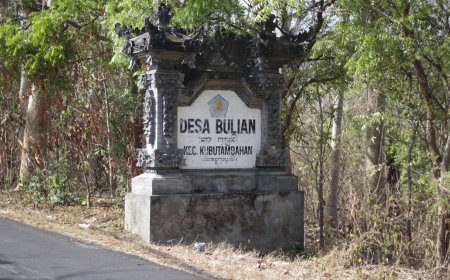Tigawasa Village: Traces of Ancient Heritage and the Uniqueness of Bali Aga in the Buleleng Mountains
Hidden high in the mountains of Banjar, Tigawasa Village captivates with its natural wonders and rich Balinese Aga ancient heritage. From young stone to Megalithic, the village encapsulates the living history of the Balikuno group, capturing the unforgettable charm of nature and ancient heritage. A walk through Tigawasa is an adventure into beauty and uniqueness, soaking in the history and culture that is deeply rooted in every inch of its land.
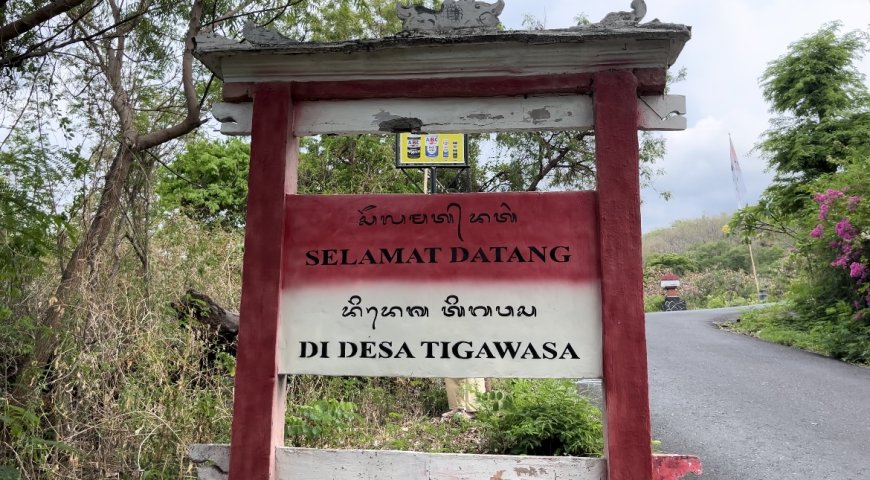
Tigawasa is one of the Bali Aga villages in Banjar District, Buleleng Regency. The name Tigawasa comes from three words, namely "three," "was" which means place, and "sa" which means one. Thus, the name Tigawasa describes the merging of three places into one. The three places are Banjar Sanda, Banjar Pangussari, and Banjar Kuum Munggah (Gunung Sari).
Tigawasa Village is located about 19 kilometers west of Singaraja City, reaching Labuan Aji (Ramayana). From Labuan Aji (Ramayana), the village lies about 5 kilometers to the south. Tigawasa village is located on a mountainous sloping land, with an altitude of between 500 to 700 meters above sea level.
Tigawasa village consists of 9 Banjar offices, namely Banjar Dauh Pura, Banjar Sanda, Banjar Pangussari, Banjar Wanasari, Banjar Congkang, Banjar Gunung Anyar, Banjar Dangin Pura, Banjar Umasedi, and Banjar Konci. Uniquely, the official village and the traditional village of Tigawasa are led by the same person or it can be said that the Perbekel (Village Head) directly doubles as Bendesa (Traditional Village Head).
The origin of Tigawasa Village is not certain and is still under investigation. What is clear is that Tigawasa Village is classified as an Ancient Village (Bali Aga) because many ancient relics were found.
In several places in Tigawasa Village, artifacts of ancient human remains were found. It is estimated that humans have inhabited the place since the young stone age (Mulethicum). This is evidenced by the presence of fine stone axes in various places. The stone axe has a gray-black and white color which the people of Tigawasa Village call "gigin kilap" and is considered a lucky stone. Local people believe that this stone can be used to treat rice plants affected by pests by soaking the gigin kilap stone in water, then spreading the soaked water on the affected rice plants. This belief is believed to cure plant diseases, so the stone is considered sacred. In addition, a large hole was also found which is considered a giant hole (now buried), further proving that the area was inhabited by humans in the young stone age (Mulethicum). Until now, the area around the place is known as Songsasa (The Giant/giant hole).
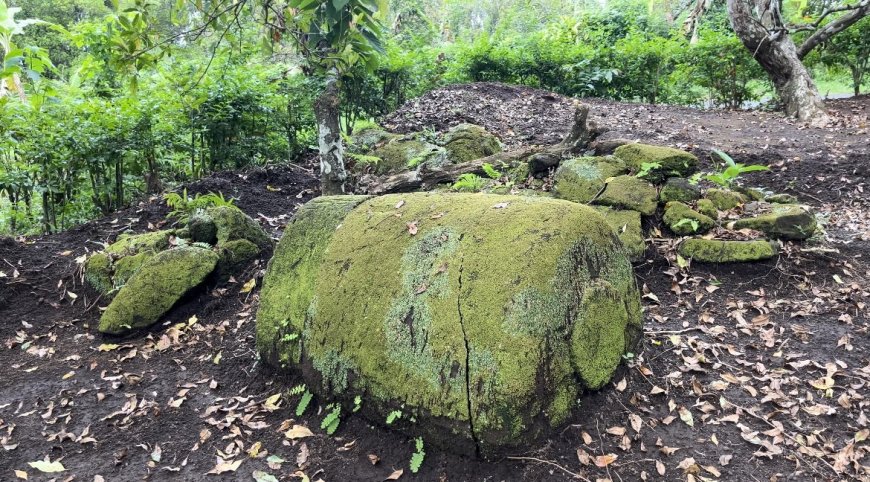
The Sarcophagus (Photo Source : Author's Collection)
After the young stone era, the Bronze Age (Megalithicum) entered, as evidenced by the discovery of prehistoric artifacts in three locations, namely Gunung Sari (Kuum Munggah), Pangus, and Wani (Sanda). In Banjar Wani, a prehistoric coffin (Sarkopah) made of rock containing human bones, rings, bronze bracelets, sephirals, beads, iron spears, and small pots were found. In Banjar Wani, there are also 12 rock troughs in the Buah Dapet river, where people at that time dyed yarn or cloth using gintungan sap. During this period, people were already skilled in the process of ngantih or making cotton thread.
In Banjar Pangus, there are 4 stone troughs that still contain colored water. To the west of Banjar Pangus, in Sanghiyang Temple, selending was found in the form of several pairs of bronze gamelan which are kept as sacred objects in Pemulungan (Beagung) Temple. The place where this selending was found is called Sang Selending. In Banjar Pangus, called Keroncongan, krises and yellow iron were found. To the southeast of Banjar Pangus, at Pura Pememan, there are 4 joints and piles of rock which are menhirs, and there is white soil with scratches of writing or images.
To the east of the Pememan forest is Gunung Sari (Kuum Munggah), where there is a Lingga Yoni also called Taulan. The Lingga Yoni shows the Predana-Purusa symbol in Shivaism. On the udik side of Munduk Taulan, there are 4 chests (Sarkopah) containing human bones or ashes, sepirals, krises, rings, bracelets, beads. There is also a trough where forest cows drink, as well as scattered ceramics and an arya Pandita is grana sika or worshiping.
Based on information from the Jawatan Purbakala who conducted the investigation and dismantling of Sarkopah, the objects are estimated to be more than 2000 years old. In the Sarkopah, many metals such as bronze, iron, gold, copper, beads, and other objects were found that can be traced to the Dengsen culture, which originated in Indochina (China) and spread in Indonesia.
According to historical records of the ancestors of the Indonesian people, they started from the Yemeni mountains in India behind South China, eventually arriving and spreading to the Indonesian archipelago. A group of them arrived on the island of Bali.
Among these groups, there was a small group that settled in Tigawasa, known as Balikuno. They settled in the mountains, especially near springs, so they are called Bali Aga which literally means "Mountains". The artifacts found by Jawatan Purbakala during the investigation are still kept today at the Jawatan Purbakala Building in Denpasar.
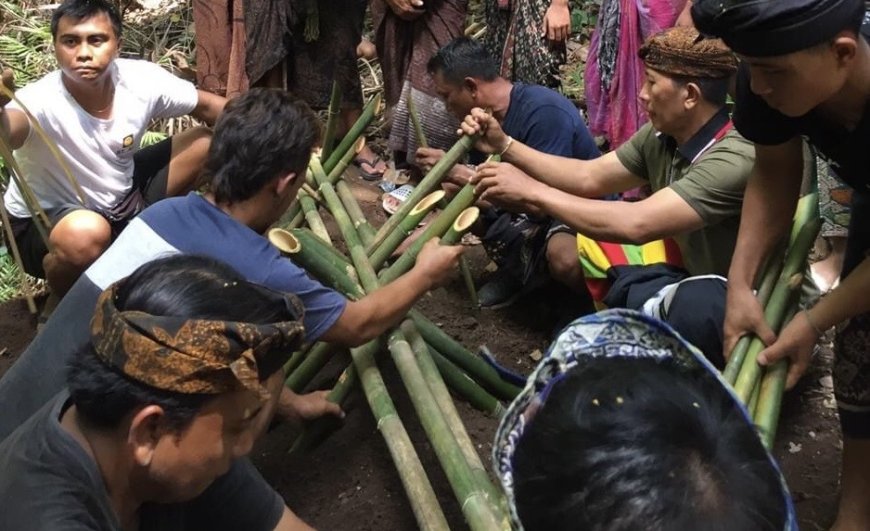
Corpse Burial Tradition in Tigawasa Village (Photo Source : Author's Collection)
Not only does Tigawasa Village hold a lot of history, it is also very unique. The local community has its own local language that is used in daily communication, and is only known by the locals. Tigawasa also has a special calendar to organize the days of religious ceremonies, including the traditional Nyepi celebration and other ceremonies. Here, the community does not believe in the concept of good days and bad days in the context of funerals or burial ceremonies. If someone dies, they must be buried within 24 hours. The funeral here is also quite different. The funeral ceremony is accompanied by singing and the corpse is not burned but only buried.
The geographical location of Tigawasa Village, which is located high in the mountains, presents a very beautiful view. Not only is the natural beauty and environmental sustainability preserved, but the traditions and culture in this village are also still preserved and passed down from generation to generation.
